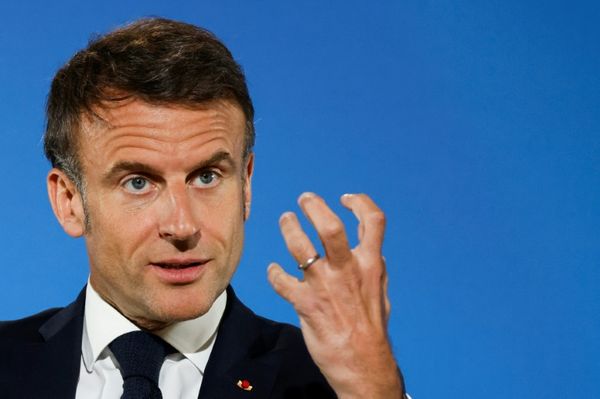
As per the minutes, the FOMC re- affirmed its commitment to lowering inflation to 2% by continuing to raise the federal funds rate and long-term interest rates. In May, personal consumption expenditures inflation, the rate of inflation that the Fed follows, stood at 6.3%. The federal funds rate determines the rate at which US banks lend their excess reserves overnight to other banks. The FOMC further judged that it would continue the process of shrinking the Fed’s balance sheet. Finally, the minutes also suggest that so long as inflation is not brought under control, the panel is fine with the idea of higher interest rates leading to slower economic growth.
In the decades gone by, the FOMC ran monetary policy by managing short-term interest rates in the economy by setting the federal funds rate at a certain level. This changed in 2008 after the financial crisis broke out. The Fed started engaging in quantitative easing. It printed money and bought bonds worth $600 billion from banks. This money came gushing into the financial system and drove down long-term interest rates.
As Christopher Leonard writes in The Lords of Easy Money: “Each dollar created by quantitative easing put pressure on the dollars that already existed, like water pushing into an overflowing pool." At lower interest rates, economic activity was more likely to get a boost.
A third round of quantitative easing started in 2012. It was originally supposed to be $750 billion in size, but the Fed ended up buying bonds worth $1.6 trillion. Hence, an emergency measure introduced at the start of the financial crisis when the world was staring at another Great Depression became a regular tool to push up growth.
In fact, the Fed and other rich world central banks went back to quantitative easing in early 2020 once the covid pandemic started spreading. As the Fed printed money and bought bonds, the size of its balance sheet touched almost $9 trillion. Now the Fed is trying to decrease its size through quantitative tightening by taking out money that it had printed and pumped into the financial system. As it takes this money out, interest rates will go up, hopefully lowering consumption and inflation.
As interest rates go up, there is also the possibility of the overall economy slowing down, something the FOMC has acknowledged. The trouble is that history tells us of something worse. The Fed intends to push inflation below 2% from the current 6.3%. This means inflation needs to fall significantly.
As Dylan Grice and Tim Bergin write in their Popular Delusions newsletter, “Such a decline has historically only happened during extremely deep recessions". So, in the process of managing inflation, the Fed is likely to trigger an economic recession. But why?
As the Fed drove down interest rates in the post-2008 world, so did other central banks. This led to higher borrowings. Data from the Institute of International Finance suggests that global debt, as of the first quarter of 2022, stood at $305 trillion, or 348% of the world’s gross domestic product (GDP), up from 286% in 2007 and 200% in 1999. Global debt includes government, corporate and individual debt.
So, as the Fed raises rates, it will end up creating a problem for those who are overleveraged. Once they have to pay higher interest on their borrowings, they will end up cutting expenditure on other things. This will lead to a demand shock in a world dealing with supply shocks, which would eventually lead to an economic recession.
In the post-2007 world, the Fed has dealt with even the prospect of an economic slowdown through quantitative easing. Interestingly, unlike other central banks that started quantitative easing in early 2020 to deal with the negative economic effects of the pandemic, the Fed began in September 2019, at a point when economic growth in the US was already slowing down before the covid outbreak.
In fact, in 2011, Thomas Hoenig, who was the then president of the Federal Reserve Bank of Kansas City, had warned that “the Fed would find it extremely difficult to end a quantitative easing program once it began." As Leonard writes paraphrasing what Hoenig said: “If the Fed pulled back on quantitative easing, it might cause interest rates to rise. That, in turn, would put more pressure on the Fed to keep buying [bonds] to keep the price of … borrowing artificially low." Also, in 2020 and 2021, a lot of the money printed by the Fed and other central banks was deposited directly into the bank accounts of people. While this created inflation, it also led to a quick economic recovery. In this scenario, there will be great pressure on the Fed and other central banks, from politicians and people at large, to go back to quantitative easing. To conclude, commodity prices crashing from their highs is another indicator of the high chances of an economic recession. So, will the US Fed keep raising interest rates to kill inflation, or will it open up its money tap all over again? I hope I am wrong, but I am betting on the latter.
Vivek Kaul is the author of ‘Bad Money’.







